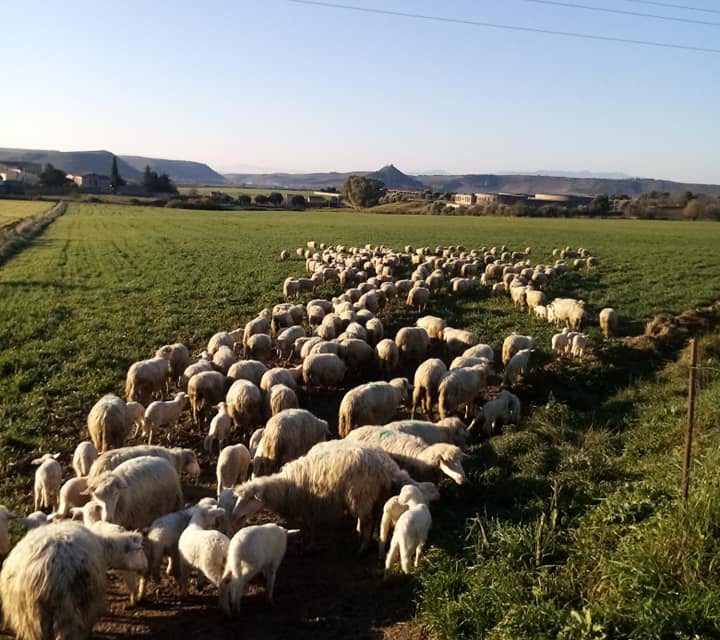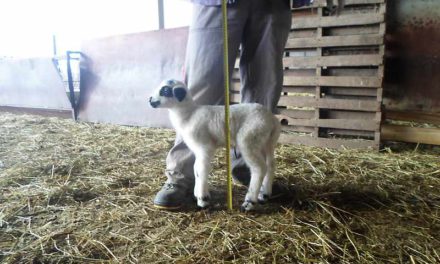This post is also available in:
![]()
![]()
![]()
![]()
![]()
![]()
Guidelines for controlling gastro-intestinal nematodes by anthelmintic treatments
Solution name: Guidelines for controlling gastro-intestinal nematodes by anthelmintic treatments
Aim: Enhance therapeutic treatment together with prophylactic measures for controlling parasitosis.
Description:
-
Anthelmintic treatment strategies often follow generic suggestions with regards to timing, drug active molecules and their doses. However, depending on the genus/species, an effective anthelmintic treatment requires to be integrated with prophylactic measures, including drying water puddles or others works on the farm soil, sanitation of bedding, and organization of pasture rotation.
So that, the guidelines contain indications with particular emphasis for sampling, interpretation of the diagnostic results including the genus/species parasites and their burdens, the drug and its dosage, as well as timing and safety of the treatment. Finally, suggestions for prophylactic measures, which should be associated with drug treatment, are also included in these guidelines.
Topic: health/management
Production: Dairy / Meat
Animal Category: Adult / Lamb / Replacement
Issue: Anthelmintic management (e.g. faecal egg count, anthelmintic resistance, grazing management). Internal parasitism (e.g. Liver Fluke, Dicrocelium, Estrongilidos, Moniezia, Haemonchus, Coccidiosis, Cryptosporidiosis, worms, etc.)
Level of Solution: Practical
Country: Italy
How to implement it
General principles:
- Faecal sampling should be carried out directly from the rectum.
- Storage of the faecal sample should be performed in a suitable container at temperature of refrigeration.
- Sample data should be indicated including number of animals, age average, date of sampling.
- Shipment to the laboratory should be completed by 24-48 hours.
- Sampling and faecal analysis should be repeated at 10-14 days after the drug treatment to certificate its effectiveness.
Step 1. Sampling and valuation of the diagnostic results.
Copromicroscopic analysis should be carried out around 60 days before lambing, or every time clinical signs indicative of parasitic infection are observed in the flock, including weight loss, decreased milk production, diarrhoea, etc. Sampling should be performed on at least 5 adult sheep.
Results of the copromiscropic analysis should be expressed by number of eggs for gram of faeces (UPG). UPG levels above 450-500 generally suggest the drug treatment
Step 2. Anthelmintic treatment.
The most suitable drug should be chosen evaluating possible drug resistance phenomenon. The dose of the drug molecule should be calculated based on the heaviest animals in the flock.
Step 3. Post treatment sampling.
Following above mentioned indication a faecal sampling should be performed after 10-14 days the treatment to verify its effectiveness.
Treatment with effectiveness below 90% implies the possible presence of drug resistance. Therefore, in the presence of average levels of UPG still higher than 450-500 implement a further treatment with a different class of anthelmintics.
This general protocol needs to be adapted to different animal categories and conditions.
Between vet and farmer an exchange of data and information can be facilitated by using an excel file shared via smartphone. This tool positively acts as a reminder and chronological indicator of the measures to be taken. The vet can then verify, even remotely, the correct application and possibly call the attention of the farmer on actions incorrectly implemented.
Expected benefits
Reduction of the costs and waste of drugs.
Greater effectiveness of drug treatments
Timeliness of the actions lead to less negative consequences due to parasitic infestations
Monitoring and controlling anthelmintic resistance.
Prerequisites and/or limits
Availability of a Farm Vet and of a lab for faecal analyses
Information Source / Usefull links







